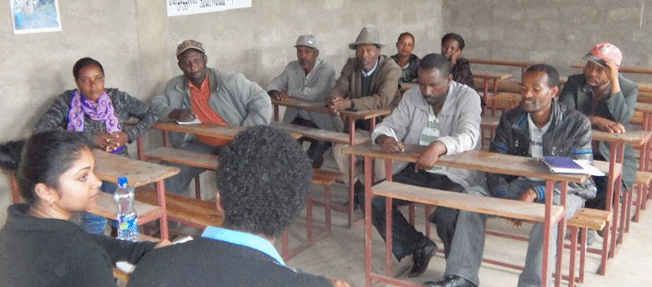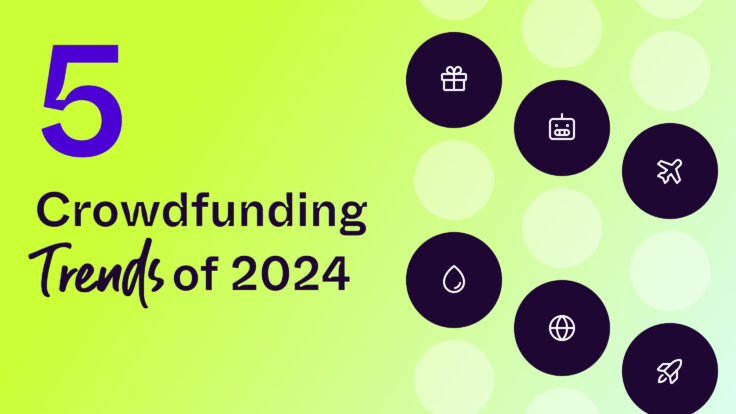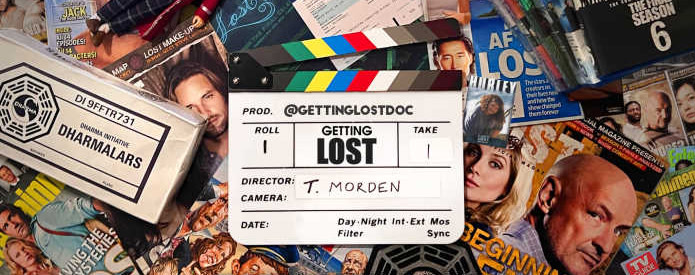Sandhya Deshetty, Founder of SPARC Development, required the start up capital to begin Phase 1 of her non-profits first project: establishing a wine industry in poverty stricken, Ethiopia. Recognizing the potential of the country’s resources to integrate itself in the world’s market, she would need to travel to Addis Abba to conduct feasibility studies, interview farmers and explore the growing potentials of vineyards.
We talk to Sandhya from ‘Creating Opportunity with Wine in Ethopia’ and ask her 6 questions:
Q1. Tell us about your campaign, your inspiration and why it’s important to you.
In May, I launched an IndieGoGo campaign to fund an assessment trip to Ethiopia for my non-profit’s first initiative, the Ethiopian Wine Project.
Ethiopia is primed to have a profitable wine industry with the strong market demand for quality wine, appropriate growing conditions, and strong government and private sector interest. However, the current supply of quality wine is limited due to the lack of industry knowledge, insufficient capital, and difficulties with market access. My goal was to overcome those impediments by arranging for technical assistance and financing for two farmer-led vineyard cooperatives. I also want to be able to build two wineries that will source their grapes from the cooperatives and employ local workers. Through these efforts, we hope to develop the entire wine industry and fight poverty, at the same time.
In order to get this initiative going, the first step was to travel to Ethiopia to select a site and gather additional information from interested farmers. I needed to raise enough funds for an assessment trip to Ethiopia for myself and a PhD student from UC Davis’s Viticulture program, visit various grape growing areas and interview farmers in collaboration with the Debre Zeit Agricultural Research Center, a research institute in Ethiopia.
Q2. What were your ultimate goals with your funding campaign?
I wanted to raise $5,000 in over two months to fund a trip for two to Ethiopia. The campaign allowed me to engage early supporters whilst also positioning SPARC to be attractive to long-term contributors and investors.
Q3. How were you reaching, engaging and involving others?
While I did use a fair bit of the typical social media outlets, I knew that people get fatigued from always being asked for money via Facebook, Twitter, and Linkedin.
So I anchored the campaign with two events. One week after launching the campaign I had a launch party in Atlanta that featured tastings from some great local artisans and dance performances. The event made asking for donations a little easier because people were getting something in return and many donated, even if they weren’t able to attend. Towards the end of the campaign, I had a Happy Hour fundraiser at a wine bar in Washington DC. This, again, allowed me to pay attention to bringing supporters together and highlighted how close I was to reaching the campaign goal.
Q4. What did you find was working in your fundraising? What challenges did you come across?
Hosting the events worked really well because it also gave a good excuse for people to refer their friends. I was able to expand our network and gain supporters in this way.
Also, making direct asks for contributions either via e-mail or in person, especially toward the end was critical. I asked everyone that I know and everyone who had ever expressed interest in the project. I knew that some people would say no, but there were also others who probably would not have donated unless I made a personal appeal.
Twitter was probably the least effective tool, but mostly because I was just beginning to learn how to be a compelling tweeter. We started to gain more followers toward the end of the campaign, but most of the donations came through direct asks and the events.
Q5. Any surprises or highlights during your campaign that you’d like to share?
Yes! I have 2 favorite moments from the campaign:
The first is when the first contribution came within just one hour of going live. It gave me that assurance that at least one person out there believes in me and the project. While I had been confident that this project will create change in the lives of many Ethiopian farmers, it’s not your typical philanthropic endeavor. People were intrigued by the idea but asking people to put their money behind it was a whole other story.
The second moment was at the fundraiser in DC, it was toward the end of the campaign and we were not too far away from the goal. Close to 50 people attended, all who have played various roles in my life – my family, former co-workers, my business school classmates and alums were all there. Before then, I had been so caught up in the campaign, I didn’t have time to step back and realize that it was actually successful: I would really be going to Ethiopia and the project would actually happen.
Q6. Any tips / advice for other aspiring entrepreneurs, creators and project leaders like yourself?
Have a well-thought out plan before launching the campaign. IndieGoGo’s platform is very easy to use, but executing and promoting a campaign is still time consuming. Have a solid contributor prospect list and a strategy on how to target each group. The more prepared you are before launching, the less stressed you will be during the campaign and the more you can enjoy the successes. Other than that, don’t get discouraged and try to weave in as much fun as possible!




You must be logged in to post a comment.